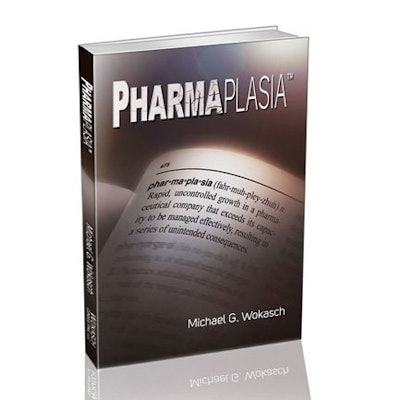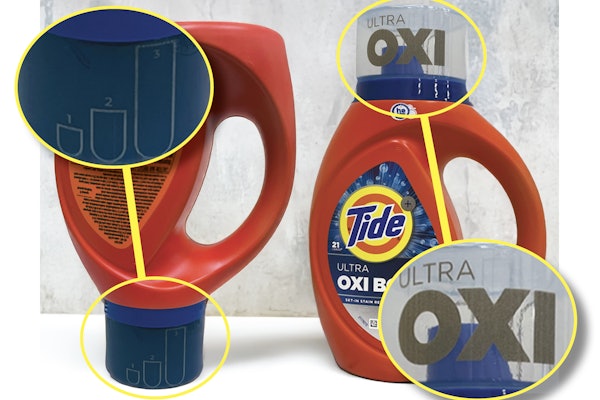Pharmaplasia™ is a 180-page book that describes how pharmaceutical companies grew too fast, creating organizations that were too large to manage effectively and efficiently given the complexities of the business in an increasingly challenging healthcare market. Authored by pharmaceutical veteran Michael G. Wokasch, the book provides an insider's perspective (see author bio below), with a mix of history, case studies, and recommendations for change. The book is aimed at past and present industry executives, healthcare providers, and patients.
As in his blog, the author advocates society's need for a financially healthy pharmaceutical industry, and identifies specific actions pharmaceutical companies must take if they intend to remain prosperous in an increasingly demanding and less-tolerant healthcare market soon to be further complicated by healthcare reform. He provides a patient-oriented, market-friendly vision for a future pharmaceutical industry that emphasizes patients before profits, which helps to reestablish trust and credibility while delivering innovative products at reasonable prices. More information about Pharmaplasia and the book’s Table of Contents and Chapter 1 are available to preview at www.Pharmaplasia.com.
Although the book doesn’t address packaging, Wokasch tells Healthcare Packaging, “As a marketing manager, I remember agonizing over packaging, from shelf size and visual appearance to clever patient convenience considerations. Rarely did cost really play as big a role as driving sales or product selection. I believe that is changing if it already hasn't.”
Asked about packaging’s tie-in with healthcare reform, Wokasch made the following points:
• With cost pressures intensifying, pharma has to become even more operationally efficient and reduce expenses
• Sampling is becoming more limited, with more and more healthcare facilities--especially medical schools—not allowing them
• The market is becoming more managed and moving more to payer-influenced prescribing, through formularies and reimbursement tiers, with less physician choice
• Attractive "brand packaging" used to visually draw attention and influence choice may play less of a role. At the same time, packaging that can encourage or facilitate patients taking their medications or staying on their treatments to help reduce overall healthcare costs may find better market reception than in the past.
• Packaging must continue to project quality, but I think the bottom line is if packaging departments or suppliers can help reduce costs (from design, materials, shipping, and end-user costs), or increase patient compliance (take and stay on treatment) with their treatments, packagers will find an even more receptive market. Fancy, expensive, clever, but gimmicky packaging will probably not be well received in the prescription drug market.
About the Author: Michael G. Wokasch worked in a retail pharmacy while attending the University of Minnesota College of Pharmacy. Following graduation in 1978, he enlisted in the U.S. Public Health Service as a pharmacist and commissioned officer. He joined Merck & Co. Inc. in 1979 as a pharmaceutical sales representative where he held sales and marketing positions. In 1986 Wokasch joined Miles Pharmaceuticals where he helped launch the antibiotic Cipro(R) (ciprofloxacin) in the U.S. Wokasch has held senior management and C-level positions at large and small pharmaceutical and biotechnology companies. He is a guest speaker, an industry consultant, and writes a blog about industry reform (www.PharmaReform.com). More information about the author and Pharmaplasia can be found at www.Pharmaplasia.com.


























